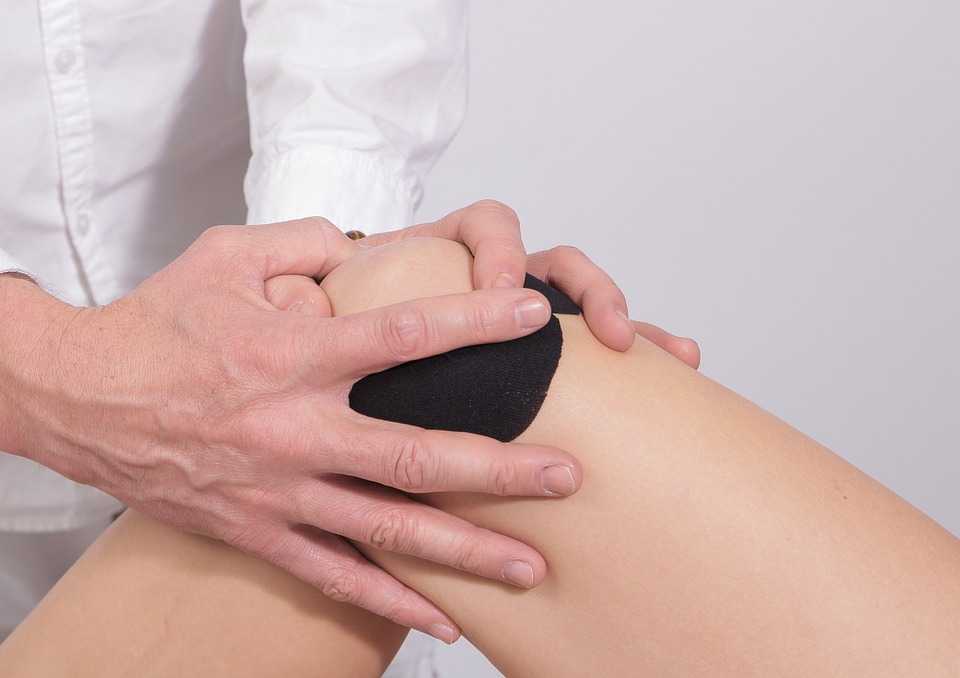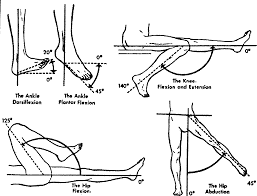
Whenever a Veteran applies to receive disability benefits from the VA, their claim will either be approved, deferred, or denied.
If your claim has been approved, you will be given a specific disability rating between zero and 100 percent. This rating will grant you a specific amount of monthly compensation from the VA. Your VA benefits will be tax-free, and they can help you support yourself and your loved ones if your disability has made it difficult for you to work and live normally.
Certain disabilities can correspond with a specific disability rating from the VA. The VA Schedule of Rating Disabilities provides a basis for service connection and rating each disability. The Schedule of Ratings lists disabilities under different categories based on the part of the body affected. Under each category is a list of diagnostic codes representing common disabilities of that body part.
The Schedule of Ratings for the musculoskeletal system is found at 38 C.F.R § 4.71a, and it contains numerous subcategories. Many musculoskeletal conditions are rated based on the range of motion, a mostly testable measure of how much loss of function the disability causes. If your musculoskeletal condition significantly inhibits your range of motion , you are more likely to receive a higher disability rating from the VA. Using a measurable metric like range of motion (ROM) makes it easier for the VA to more accurately assess a Veteran’s level of disability.
The Schedule of Ratings expresses range of motion in degrees, making it simple for disabilities to be rated and categorized. The Schedule also provides charts to help assist with understanding what these degrees mean.
For instance, the following chart accompanies the Schedule of Ratings for ankle, knee, and hip disabilities:

Each subcategory under the Rating Schedule includes numerous diagnostic codes, which represent specific disabilities. For instance, under the subcategory for “The Knee and Leg,” there are eight diagnostic codes:
Several of these disabilities are rated based on the degree of motion, but we will look specifically at limitation of extension for an example.
Limitation of extension for the knee is rated under diagnostic code 5261. There are six different ratings, from 0% to 50%, listed as follows:
As the chart above shows, extending the knee straight out with extension less than 5 degrees of being completely straight, a Veteran will be given a 0% rating. From there, it is easy to see where each degree listed in the diagnostic code lies. If your knees are significantly inhibited in their range of motion to the point that they can only extend to more than 45 degrees of being completely straight, your disability score is likely to be as high as possible.
To determine the extent to which your musculoskeletal disability affects your range of motion, you’ll need to visit a doctor and get your condition evaluated. Whenever a Veteran applies to receive disability benefits from the VA, they are asked to visit their regional VA office for a Compensation & Pension examination. During a C&P exam, a doctor or medical professional will measure your range of motion and express the extension in degrees for rating purposes.
As anyone with musculoskeletal problems will know, your range of motion may vary from day-to-day. You can struggle with aches and pains of varying severity throughout any given week, and your condition can even improve or worsen throughout the day. This can make it tough to present the VA with an accurate representation of the severity of your disability because you may be dealing with varying levels of pain or limited range of motion.
The VA is looking for the impact that your disability has on your life – on your ability to work, maintain relationships with family and friends, and carry out simple tasks. Since a musculoskeletal disability can significantly inhibit your movement, aspects of life that used to come easily may now be nearly impossible for you. If your disability has dramatically impaired your range of motion, the VA should recognize that you need and deserve disability benefits to support yourself and your loved ones.
Because the severity of musculoskeletal disability’s symptoms can vary from day to day, a Veteran might wake up in the morning unable to touch their toes when they could the day before. However, as their joints warm up, they might have a more considerable degree of motion and be able to move and stretch more freely.
Alternatively, they might suffer from more stiffness and loss of range of motion throughout the day. Stiffness and loss of range of motion can pop up due to consistent use of a certain muscle group or body part. Sometimes, though, increases in the severity of your symptoms can be more unpredictable. Random flare-ups are common in musculoskeletal disabilities, making each day a different experience for Veterans with these conditions.
The amount that the severity of an injury can vary sometimes makes it difficult for the VA to accurately assess and rate a disabled Veteran with a musculoskeletal condition. What if you went to your C&P examination on a great day with minimal symptoms? In that case, the VA would have the impression that your range of motion was much higher than it might be.
C&P examiners are instructed to ask about both repetitive motion and flare-ups for musculoskeletal conditions. By asking the right questions and keeping tabs on a Veteran’s symptoms, the VA should get a more accurate sense of a Veteran’s disability and how its severity can vary from day-to-day.
In addition to testing for initial range of motion, your VA physician should also check your repetitive motion to see if there is a higher degree of functional loss afterward. For flare-ups, the examiner should ask whether a Veteran deals with flare-ups and ask them to describe their functional loss as a result. This can be difficult because the symptoms limiting functional loss are not usually related to range of motion.
Joint pain can also be a factor that can increase the severity of a Veteran’s disability. Frequent aches and pains can add to the severity of a musculoskeletal disability in addition to problems with range of motion. These symptoms can be extremely painful, and they can most definitely contribute to the VA’s rating of your disability.
When taking your C&P exam, tell your VA physician everything you can about your condition, including how your symptoms may vary from day-to-day. Since flare-ups can frequently make your symptoms worse, make sure that you do not accidentally give the VA the impression that your condition is milder than it is. Your range of motion may be better than normal on the day you take your C&P exam — if so, communicate with your VA physician about the fact that your symptoms can get better and worse unpredictably.
One of the most important aspects of qualifying for disability benefits from the VA is establishing a connection between your disability and your military service. Without service connection, you will not be able to qualify for compensation — the VA can only provide financial support to Veterans with verifiable, service-connected disabilities.
In many cases, Veterans may find their claims denied even though their disabilities are related to their service in the military. Sometimes, the VA does not accurately assess a Veteran’s condition, which can lead to a wrongful denial of a claim. If you feel that your claim has been wrongly denied , you can make an appeal with the help of an attorney.
The VA appeals process starts at your regional Department Of Veterans’ Affairs Office. With the help of an attorney, you can present additional evidence to the VA that can influence the VA’s decision regarding your claim. During the appeals process, you can present medical records, testimonials from fellow soldiers, and any other evidence that may play a role in changing the outcome of your claim.
If you are a Veteran with a service-connected disability that limits your range of motion, you are entitled to disability compensation. The experienced VA disability attorneys on our team understand how VA claims work and are dedicated to helping Veterans get the compensation they are entitled to. If you have a disability claim with the VA that you would like to appeal, please contact our team at (888) 682-0786 to schedule a free case evaluation.
Sources:
https://my.clevelandclinic.org/health/diseases/14526-musculoskeletal-pain
https://www.osha.gov/ergonomics
https://www.cdc.gov/workplacehealthpromotion/health-strategies/musculoskeletal-disorders/index.html
Our monthly newsletter features about important and up-to-date veterans' law news, keeping you informed about the changes that matter.